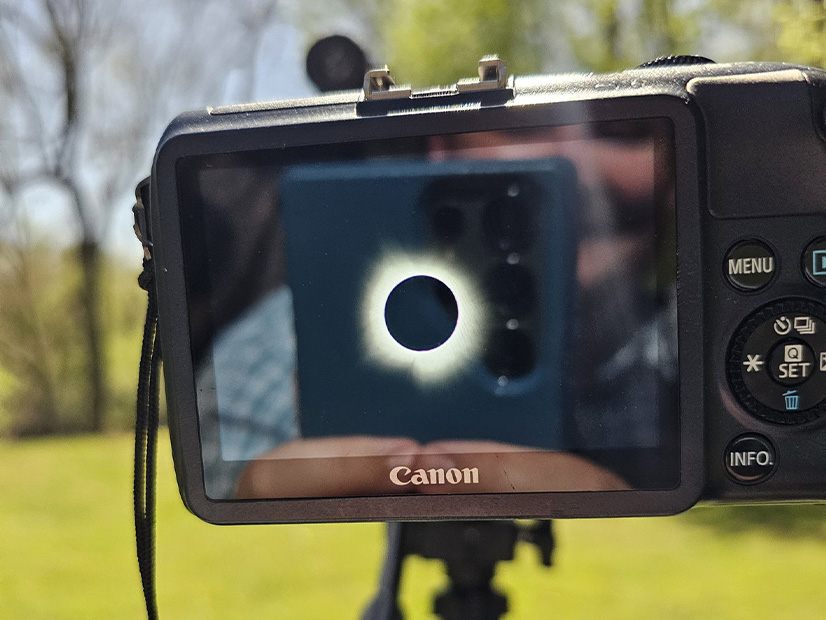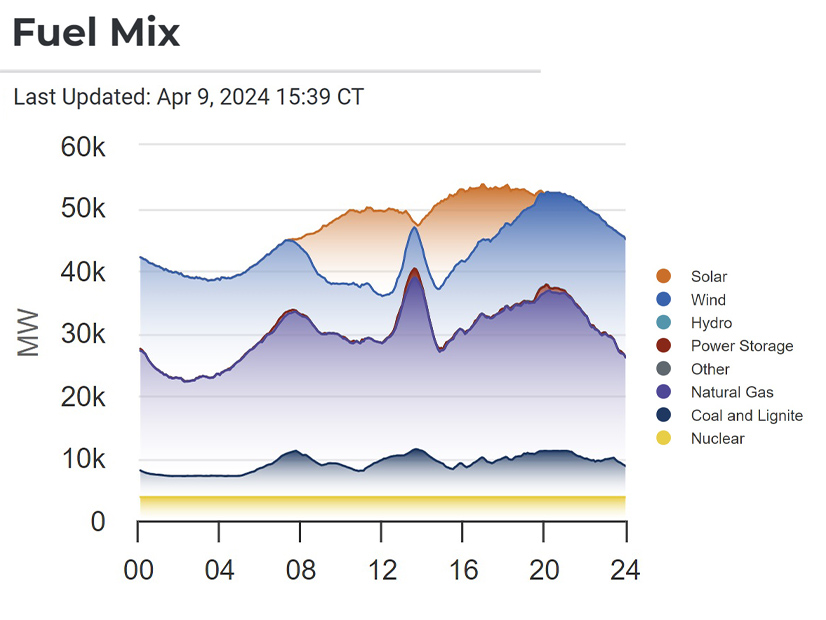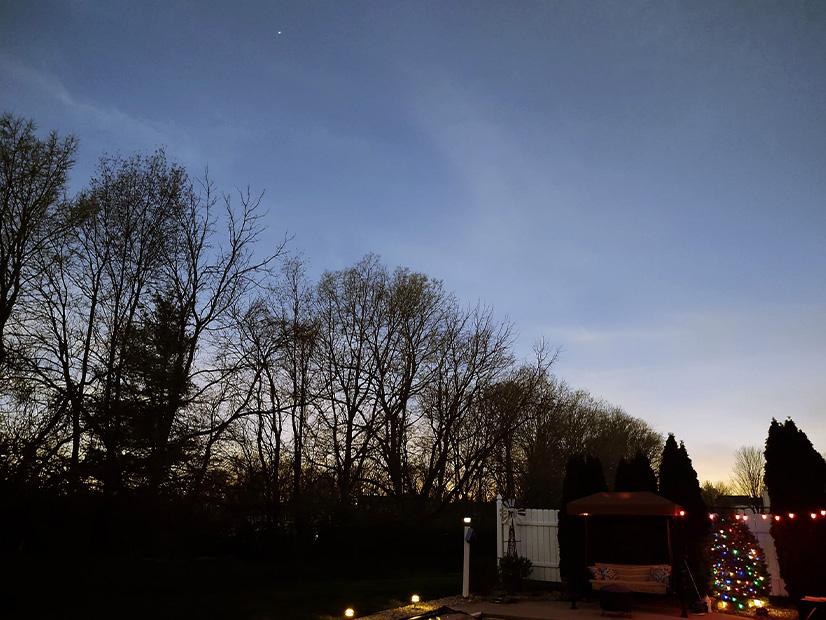In its draft ERO Performance Assessment posted for comment April 9, NERC aimed to convince FERC to renew its certification as the Electric Reliability Organization on the strength of its record over the last five years demonstrating “notable successes … and [setting] the stage for continuing to advance reliability, resilience and security [for] nearly 400 million people in North America.”
NERC will seek comments on the draft via email through April 30 and plans to file the completed assessment with the commission this summer, the ERO said in an email; the draft is dated July 19, 2024. It covers the five years from Jan. 1, 2019, through Dec. 31, 2023, reviewing what NERC views as its accomplishments during the assessment period under four focus areas:
-
- energy: addressing challenges arising from the changing resource mix, providing sufficient energy and essential reliability services, improving system performance during extreme weather and adding transfer capability;
- security: addressing cyber and physical security risks;
- agility: becoming nimbler in risk identification and standards development; and
- sustainability: investing in automation, eliminating single points of failure, and strengthening the ERO Enterprise’s long-term stability and success.
FERC currently requires NERC to submit performance assessments every five years, but it has proposed shortening the assessment time frame to three years to identify performance issues in a timelier fashion, which the ERO opposed when the commission suggested it in 2021 (RM21-12). (See ERO Enterprise Resists FERC’s Assessment Proposal.) The draft suggests that FERC terminate that proceeding, given the ERO’s performance over the last five years.
The draft depicts NERC as an active and dynamic organization, leading or participating in a wide range of efforts to promote electric reliability and “create value for stakeholders across [its] risk identification, mitigation and standards development process.”
Internal Efforts Highlighted
NERC’s internal development is a significant focus of the document, with the ERO highlighting its ongoing efforts to modernize and streamline its committee structure.
Among the accomplishments in this area is the creation of the Reliability and Security Technical Committee, which the ERO organized in 2020 through the combination of several existing technical committees to serve “as a proactive forum for aggregating ideas, leveraging industry expertise and prioritizing deliverables to target potential risks.”
In addition, NERC pointed to the introduction of the Regulatory Oversight Committee. The ROC replaced the ERO’s Compliance Committee last year to give the Board of Trustees “committee-level oversight of standards development [and] enhanced oversight of NERC’s core regulatory processes along the entire continuum of activities.”
Along with these internal modifications, NERC’s report held up its work on standards as a key pillar of its reliability work. While the standards introduced over the last five years are part of this (NERC observed that it has introduced multiple standards on cybersecurity, cold weather, and operations and planning since the last assessment), the organization’s efforts to improve the development process also received a lot of attention in the document.
COVID Caused ‘Unprecedented Challenges’
The ERO “faced unprecedented challenges between 2019 and 2023” because of the COVID-19 pandemic, NERC said, most notably the sudden requirement to shift all its standards work to virtual meetings in 2020.
This change meant NERC first had to slow its standards development work and ask FERC to defer implementation dates for standards coming into effect.
Then, as the pandemic’s impacts subsided, the ERO “significantly increased the number, pace and intensity of standards development projects” in an effort both to get back on track and to address “increasing challenges to [grid] reliability,” including the changing resource mix, the increasing frequency of extreme weather and rapidly developing security threats.
NERC acknowledged that the back-to-back slowdown and acceleration of standards work has caused “considerable pressure” for the ERO and its stakeholders. It pledged further efforts to enhance the development process over the next several years.
The ERO also highlighted its efforts to advance the Electricity Information Sharing and Analysis Center (E-ISAC) as a forum for utilities, vendors, and other public- and private-sector partners to share updates on cyber and physical security threats. For example, the E-ISAC joined the Department of Energy’s Energy Threat Analysis Center pilot in 2022 to provide “industry context to U.S. government partners” and share information across the energy sector. The E-ISAC also provided regular security bulletins during the transition to remote work because of COVID-19.
Finally, NERC mentioned its work on improving its own infrastructure “to ensure that it continues as a durable body of knowledge even during unprecedented external events.” These efforts include introducing new technologies to streamline enforcement activities, such as the Align tool and ERO Secure Evidence Locker. The ERO also established the Centralized Organization Registration ERO System project to “move all registration functions to a single, secure and consolidated system.”
“NERC’s recent investments to enhance its sustainability support overall ERO Enterprise organizational sustainability even during unprecedented external events like the global pandemic,” NERC said. “That the ERO Enterprise achieved the enhancements to reliability and its processes described herein despite an intervening global pandemic demonstrates the resilience and coordination by the ERO Enterprise, commission, state and provincial governmental authorities, and stakeholders in support of reliability.”


